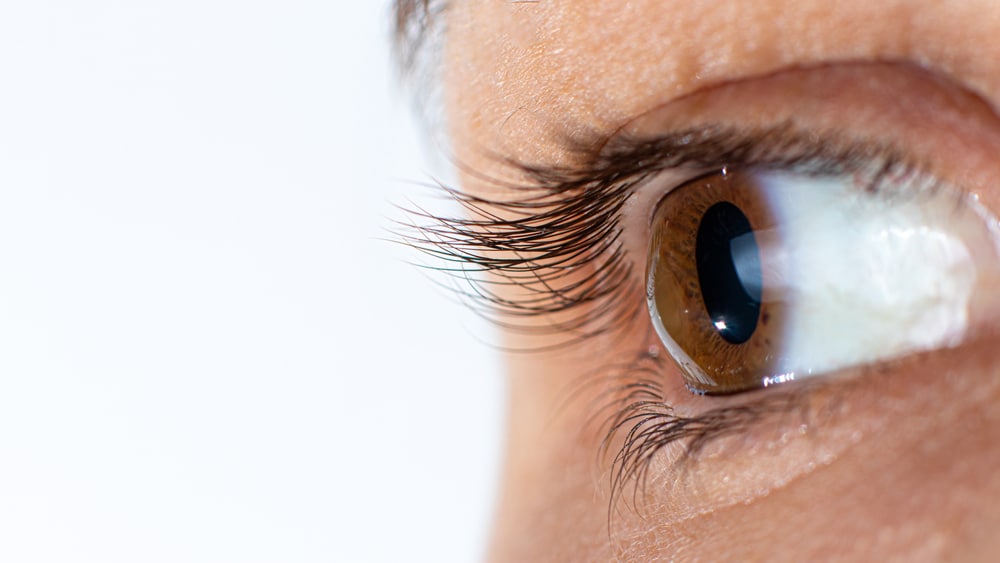
Jump to Section
What is Cornea Transplant?
A cornea transplant replaces damaged, diseased, or scarred tissue from the cornea with healthy tissue taken from an organ donor. The cornea is the clear layer of tissue that makes up the front layer of the eye which serves to protect the eye from debris, germs, UV light, or other damaging substances. In addition, the cornea works with the lens to focus light entering the eye for clear vision. There are two basic types of cornea transplant: penetrating full thickness keratoplasty (PK), also known as a traditional cornea transplant, and endothelial keratoplasty (EK), also known as back layer cornea transplant.
Who is a Candidate for Cornea Transplant?
You may need a cornea transplant if you have signs or symptoms of damage to your cornea. This may include eye pain, clouded or blurry vision, keratoconus (bulging cornea), or swelling. During an examination, your ophthalmologist will determine whether your symptoms can be resolved through a less invasive treatment option. Cornea transplant patients must also be able to take a significant amount of time away from their regular routine.
Several diseases or conditions can lead to the need for a cornea transplant. These may include:
- Fuchs dystrophy
- Thinning or tearing of the cornea
- Infection or injury resulting in cornea scarring
- Corneal ulcers
- Complications from eye surgery
- Trichiasis (eyelashes growing inward) resulting in cornea scarring
- Chemical burns

The Cornea Transplant Procedure
A cornea transplant is performed under either local or general anesthesia. After using a lid speculum to keep the eyelids open, the ophthalmologist will measure the damaged corneal area to determine how much donor tissue is necessary.
In a traditional cornea transplant, a circular section of tissue is removed from the eye using a laser or trephine. The donor tissue is then sutured in its place, and a plastic shield is placed over the eye to protect it as you heal.
In endothelial keratoplasty (EK), your ophthalmologist will make a small incision to place a thin disc of donor cornea tissue on the back of your cornea. Using a small air bubble, the new tissue is then positioned correctly. No sutures are required as the small incision is typically self-healing.
Your ophthalmologist will explain which method is necessary for your procedure before your cornea transplant so you know what to expect in terms of anesthesia, healing, and other relevant factors.
Recovery After Cornea Transplant
Cornea transplant recovery can take six months to a year or, in some cases, longer. During this time, you can expect your vision to be blurry for the first several months. Over time, vision will improve as your eye adjusts to your new cornea, allowing you to gradually return to normal activities. Most patients can return to work within a week after their surgery, depending on their job requirements. Steroid eye drops are used through the first several months of recovery to encourage healing as well as other medications to prevent infection, swelling, or discomfort. Shields or eyeglasses must be worn throughout the healing process to protect the eye. Sutures can be removed about three months after surgery.
Schedule an Appointment
To schedule your appointment, book an appointment online or give us a call at 617-202-2020.
Our Cornea Services, including Cornea Transplant Services, are available at all our locations: Brookline, Milford, Medford, Lawrence, Wellesley, Burlington, Woburn and Andover.





